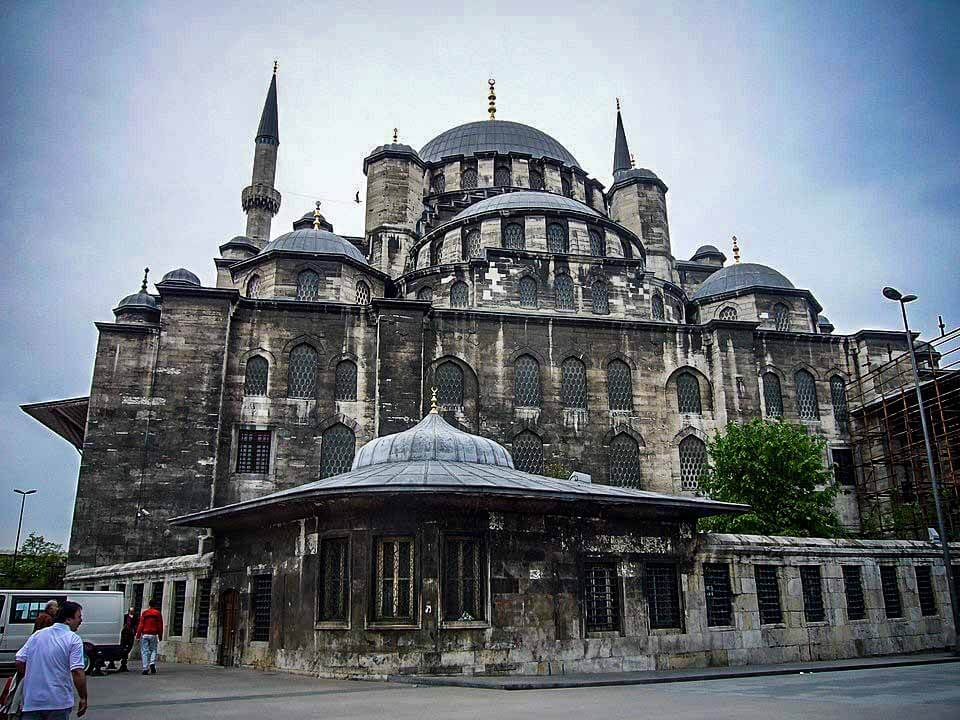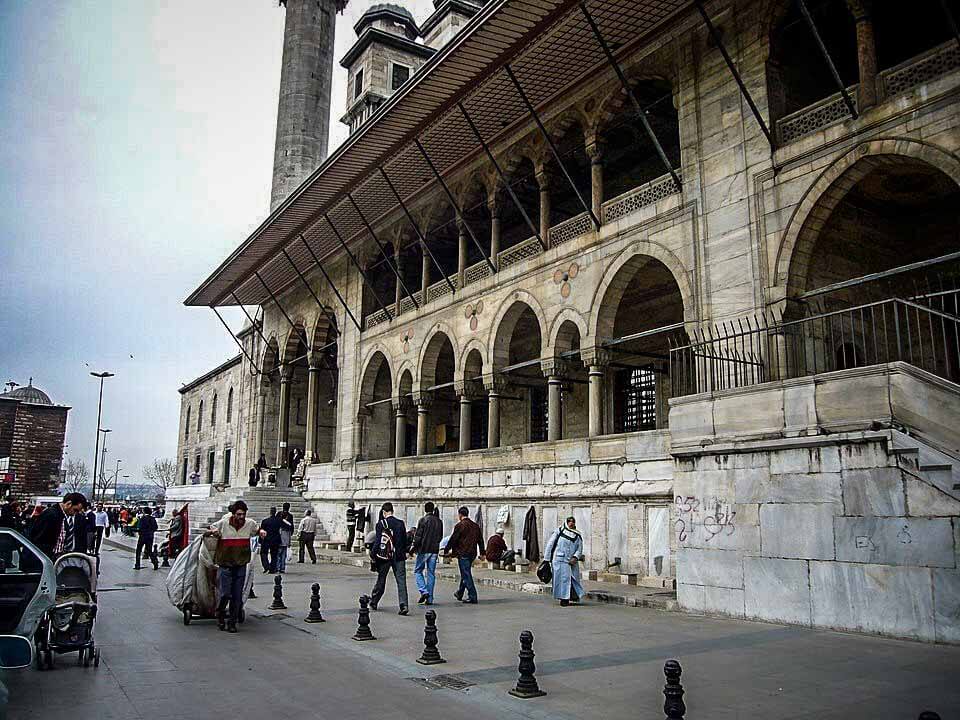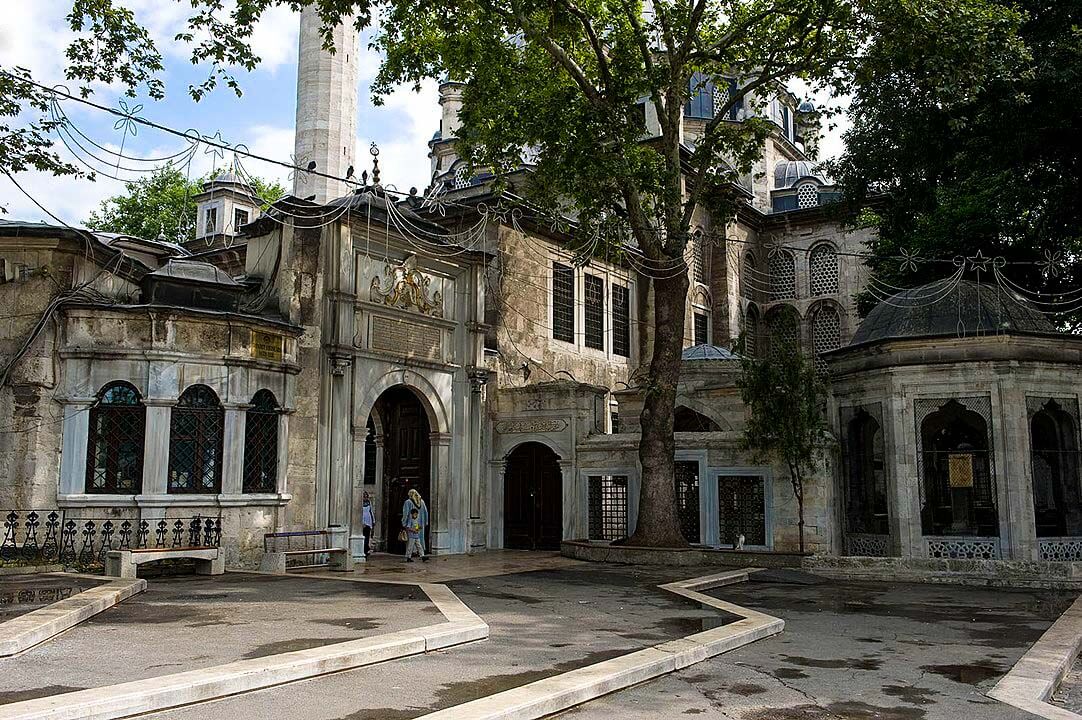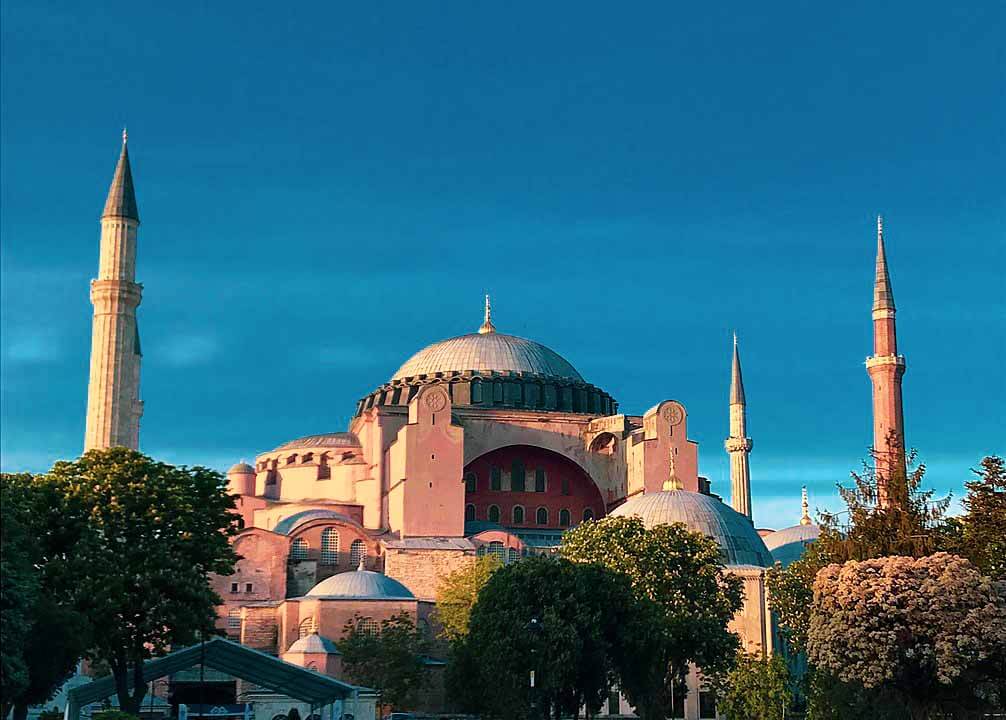Istanbul, Turkey
Coordinates: 41.019720, 28.949720
The Fatih Mosque (Conqueror’s Mosque) is an Ottoman mosque in the Fatih district of Istanbul, Turkey.
It is one of the largest examples of Ottoman-Islamic architecture in Istanbul and represents an important stage in the development of classic Ottoman architecture.
It is named after Ottoman sultan Mehmed the Conqueror, known in Turkish as Fatih Sultan Mehmed, the Ottoman sultan who conquered Constantinople in 1453.
Sahn-ı Seman Medrese, a main center for the study of various traditional Islamic sciences such as theology, law, medicine, astronomy, physics and mathematics, was part of the Fatih Mosque and was founded by the Persian astronomer Ali Qushji who was invited by Mehmed to his court in Istanbul.
History and Tomb of Sultan Mehmed II the Conqueror
The Fatih mosque complex was a religious and social building of unprecedented size and complexity built in Istanbul between 1463-1470 by the order of Fatih Sultan Mehmed.
The mosque was built on the site of the former Byzantine Church of the Holy Apostles, which had been in poor condition since the Fourth Crusade.
It was built by the Greek architect Atik Sinan. The Fatih mosque was the first monumental project in the Ottoman imperial architectural tradition.
The original mosque was badly damaged in the 1509 earthquake, after that it was repaired, but was then damaged again by earthquakes in 1557 and 1754 and repaired yet again.
It was then completely destroyed by an earthquake on 22 May 1766 when the main dome collapsed and the walls were irreparably damaged.
The current mosque (designed on a completely different plan) was completed in 1771 under Sultan Mustafa III by the architect, Mimar Mehmet Tahir.
In the graveyard on the kiblah side behind the mosque are the türbe of Sultan Mehmet II and his wife Gulbahar Hatun. Both were reconstructed after the earthquake. The türbe of the Conqueror is very baroque with a lavishly decorated interior. The türbe of Gulbahar is simple, with classic lines, and may closely resemble the original.
Know This
Women must cover their hair, shoulders and legs. Men and women must remove shoes before entering. There was no attendant but there were cover ups hanging at the entrance. Open every day 9-6, closed during prayer time. Good luck getting a taxi to take you there!
The mosque is open from 9am-6pm every day There is no entry charge, although a donation is appreciated.





















